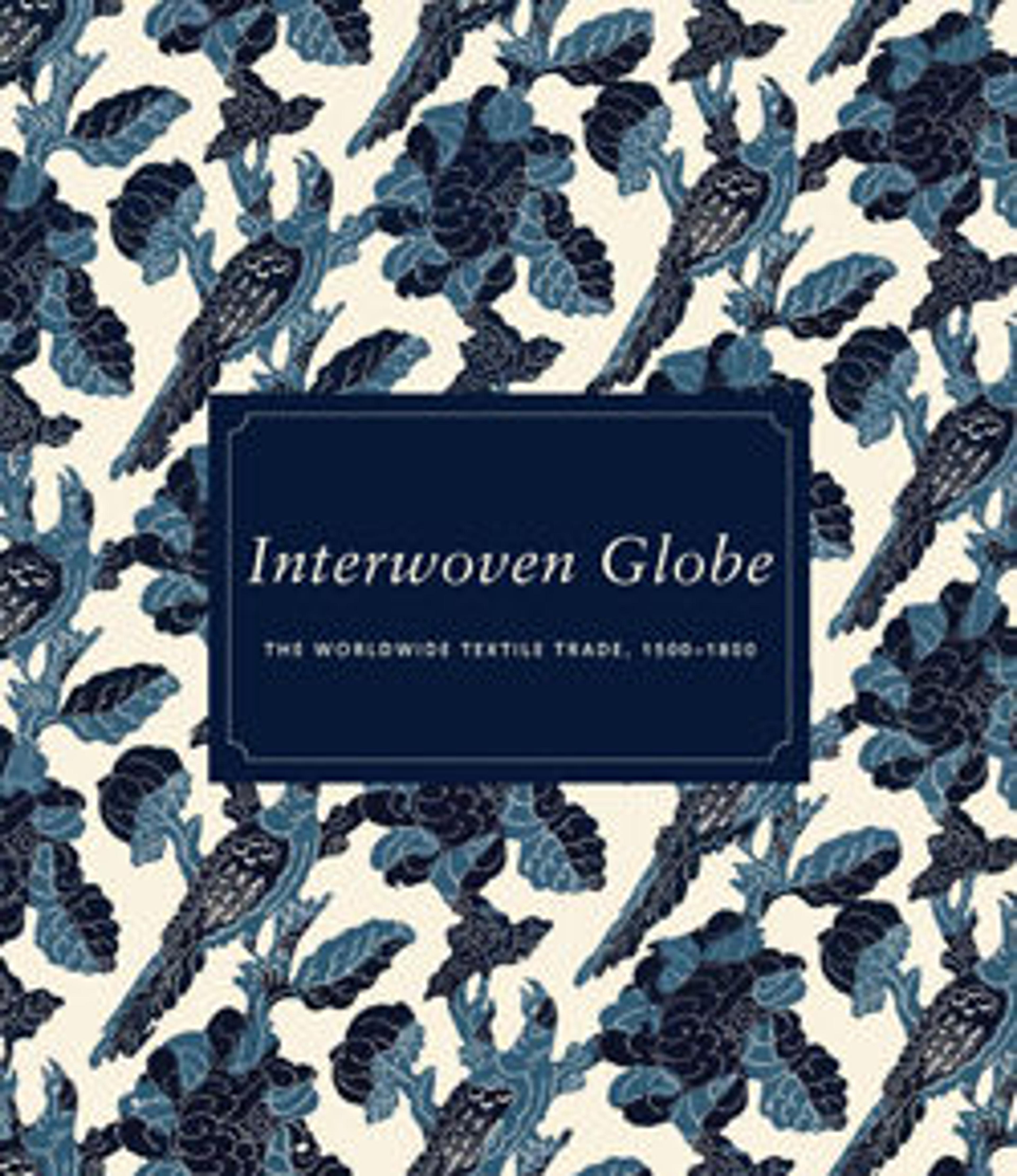Buddhist Vestment (Kesa)
This patchwork-patterned Japanese Buddhist vestment (kesa) was made from Chinese cloth intended for the European market. The primary textile attempts to emulate European lace-patterned woven silks, but the composition is somewhat awkward compared to actual European examples. The six red squares—with their dragon roundels, clouds, and flowers—are more characteristically Chinese in style. While the European style of the cloth is unexpected, the Japanese had been using exotic Chinese textiles for kesa for centuries.
cat. no. 62
cat. no. 62
Artwork Details
- Title: Buddhist Vestment (Kesa)
- Period: Edo period (1615–1868)
- Date: 18th century
- Culture: Japan
- Medium: Lampas, silk; squares:silk satin, brocaded, silk and gilt paper-wrapped thread
- Dimensions: 46 x 83 in. (116.84 x 210.82 cm)
- Classification: Textiles-Costumes
- Credit Line: Purchase, Joseph Pulitzer Bequest, 1919
- Object Number: 19.93.111
- Curatorial Department: Asian Art
More Artwork
Research Resources
The Met provides unparalleled resources for research and welcomes an international community of students and scholars. The Met's Open Access API is where creators and researchers can connect to the The Met collection. Open Access data and public domain images are available for unrestricted commercial and noncommercial use without permission or fee.
To request images under copyright and other restrictions, please use this Image Request form.
Feedback
We continue to research and examine historical and cultural context for objects in The Met collection. If you have comments or questions about this object record, please contact us using the form below. The Museum looks forward to receiving your comments.
